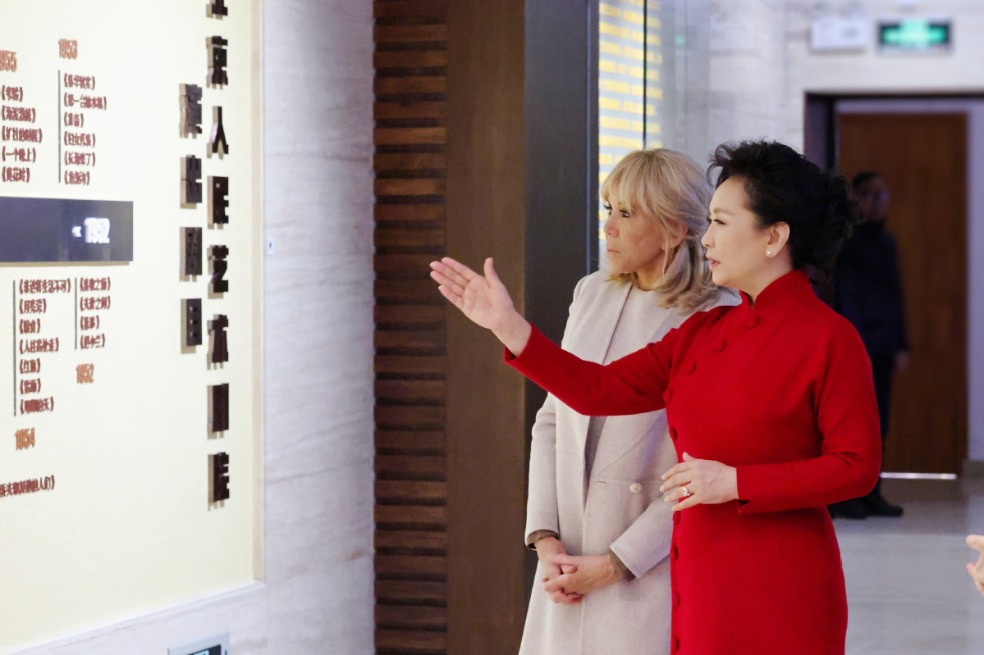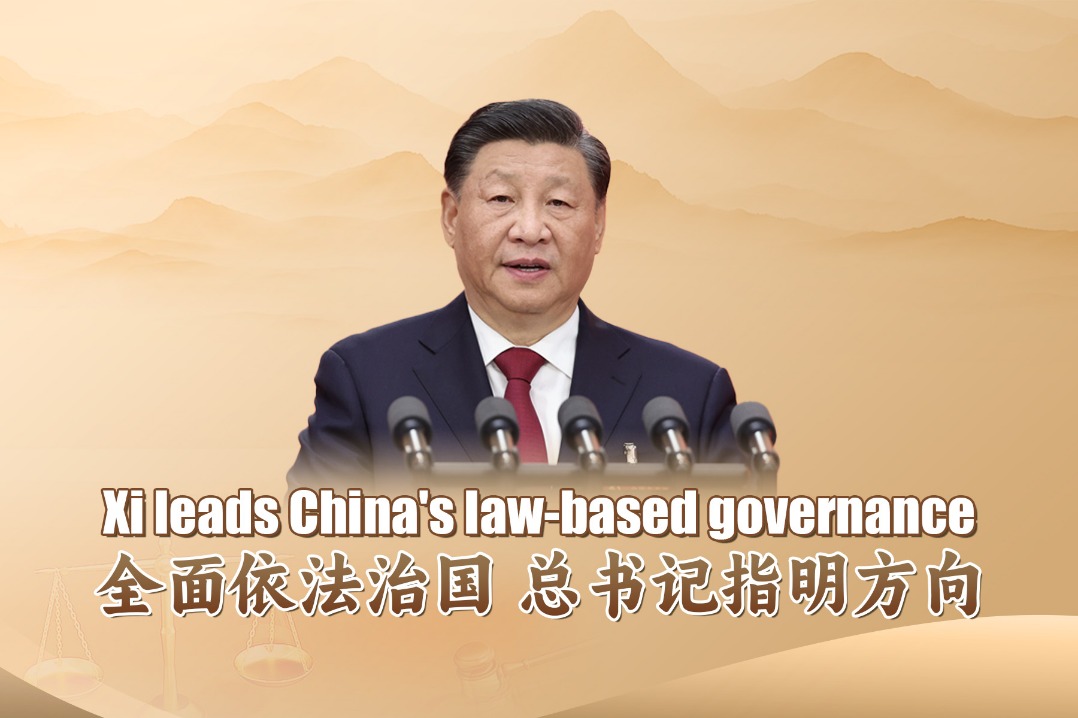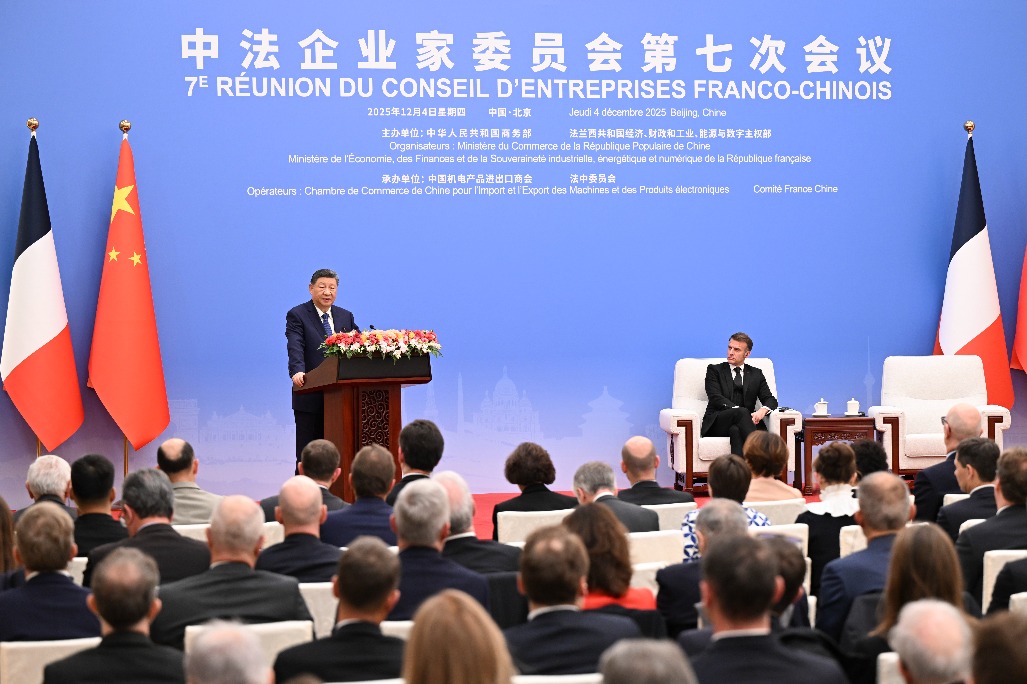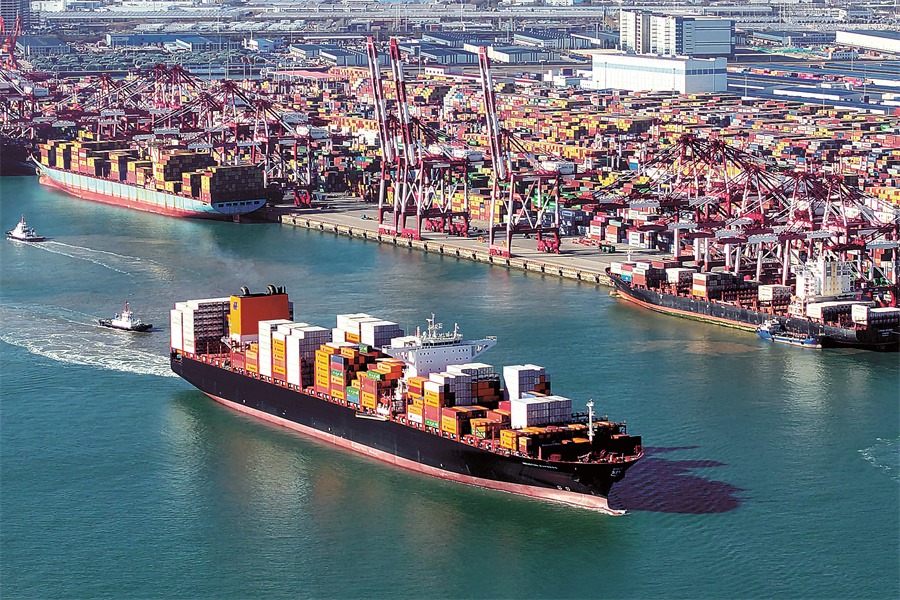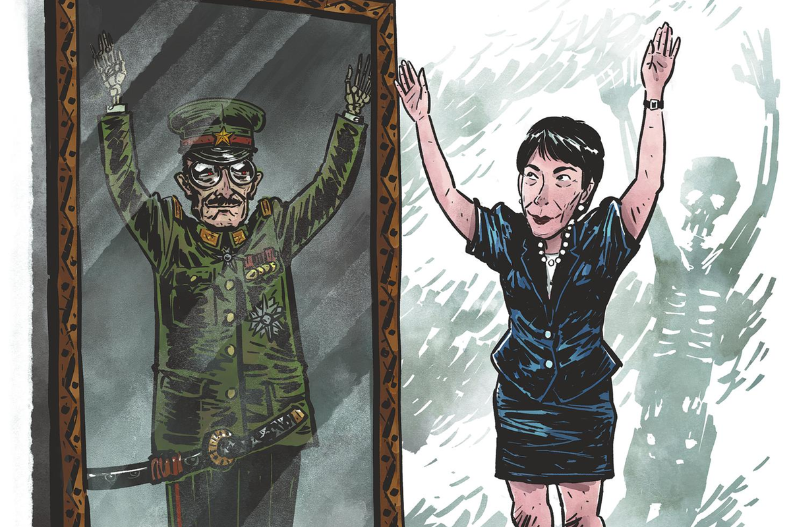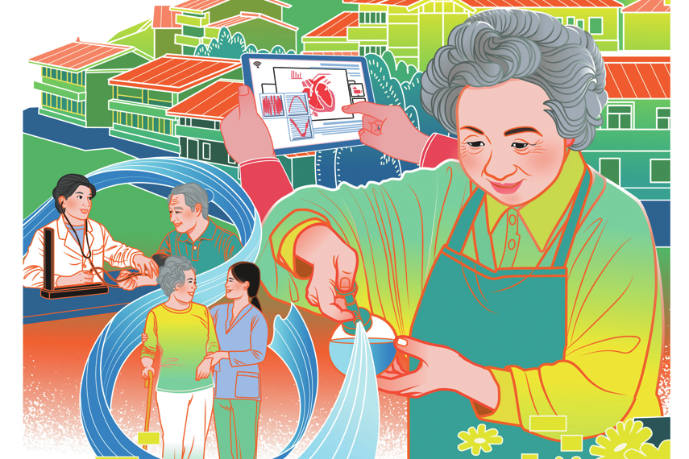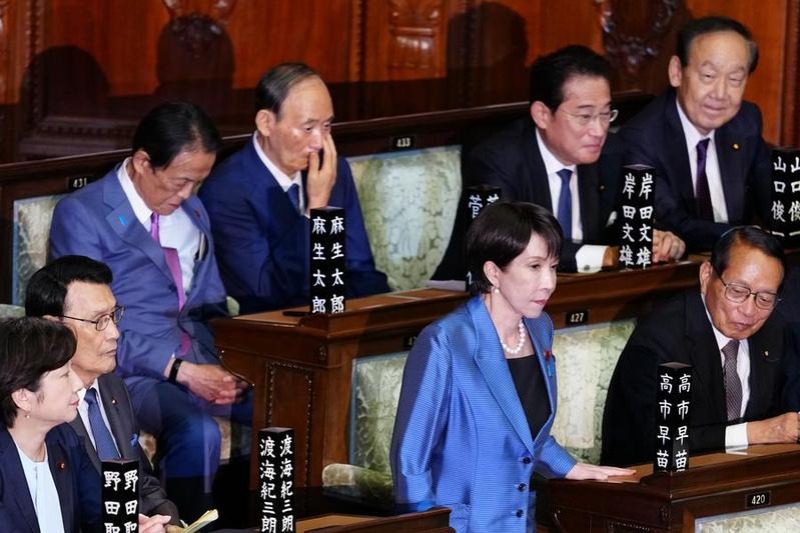Economy riding on the back of opening-up

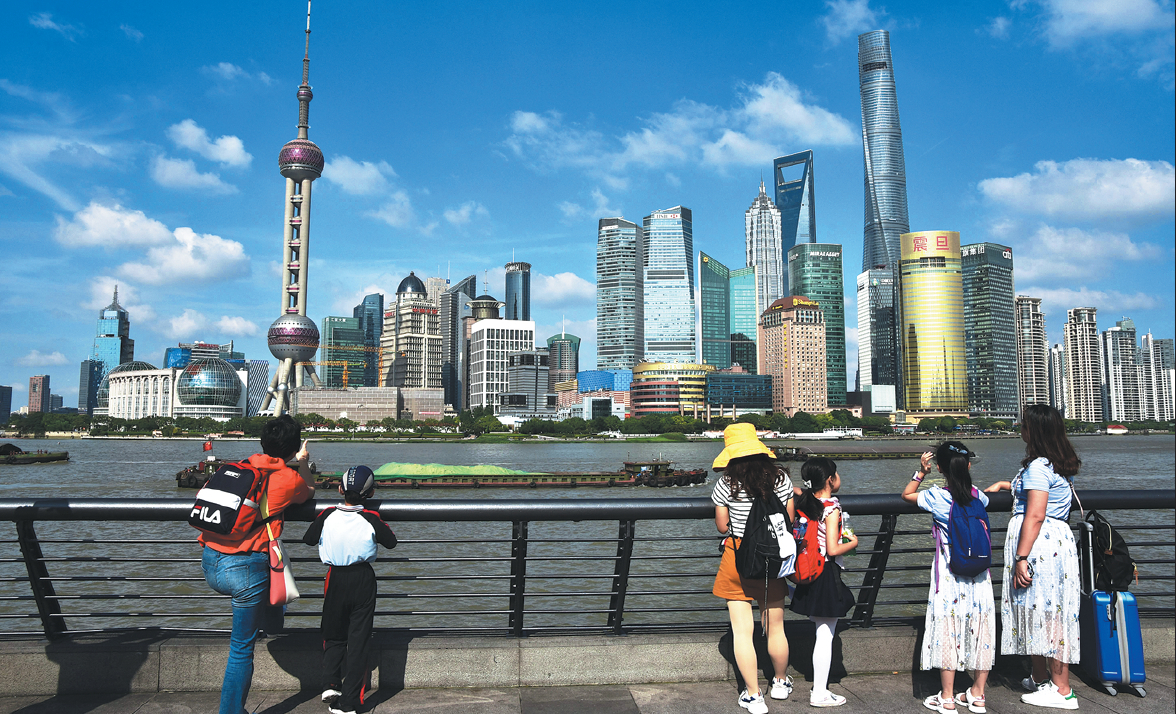
Since its founding in 1949, New China has adhered to an independent trade policy, with the Chinese government making great efforts to develop foreign trade in an all round way in the initial years.
But due to the United States' intervention in the Korean War (1950-53) and its economic blockade against China, the Chinese government was compelled to conduct trade and economic exchanges mainly with the Soviet Union. In fact, by 1954 Beijing had signed 156 construction aid projects with Moscow, laying a foundation for China's socialist industrialization.
During that period, China established trade and economic relations with some Asian and African countries. And in 1957, it held the Canton Fair, or China Import and Export Fair, to expand trade and economic relations with other countries.
From 1958 to 1978, China followed the self-development path in order to open up to the outside world, as Sino-Soviet relations worsened and Sino-Soviet trade volume declined from $2.1 billion to $47 million in 1970. In the meantime, China began expanding trade and economic exchanges with Western countries as well as developing countries. And by the mid-1960s, China had established trade relations with 125 countries and regions, and signed intergovernmental trade agreements with 38 of them.
In 1978, the Third Plenary Session of the 11th Communist Party of China Central Committee gave the clarion call for reform and opening-up. Four years later, the opening-up policy was incorporated into the country's Constitution. From south to north and from east to west, China gradually promoted opening-up by establishing special economic zones in the coastal regions, eventually extending it to inland cities. By 1993, China had established a multiple and comprehensive opening-up pattern.
November 2001 saw a major breakthrough in China's opening-up efforts when it joined the World Trade Organization, which allowed it to seize the opportunities offered by economic globalization and step into a new phase of foreign trade.
Following its entry into the WTO, China canceled several mandatory foreign trade plans including collection of export proceeds, broke the monopoly of State-owned enterprises in foreign trade, and encouraged diversified businesses to engage in foreign trade by helping develop private enterprises and establishing joint ventures with more foreign enterprises.
Before 1979, China's foreign trade policy focused on import substitution aimed at supporting domestic industrial development. By the 1990s, exports had become the main driver of China's foreign trade. The proportion of primary commodities in China's total exports declined sharply as the export of machinery and transportation equipment grew rapidly. Thanks to rising exports, China's foreign exchange reserves saw a dramatic increase, which allowed it to enhance its import volume.
Rising foreign exchange reserves facilitated industrial upgrading, which contributed to economic growth, and increased both imports and exports. This virtuous circle helped China to further open up its economy and boost growth through foreign trade.
Since the 2008 global financial crisis, the international trade pattern has drastically changed. The unilateral and trade protectionist policies of some economies have slowed global trade and economic growth. As a result, contradictions and conflicts among various economies have become increasingly acute.
In particular, after China became the world's second-largest economy, Washington began changing its policy toward Beijing so as to contain China's rise. To counter the US' unilateral and protectionist policies, therefore, China has to deepen reform and opening-up, encourage innovation, further advance the development of the high-tech sector and adhere to its own development path. China is gradually taking the lead in global economic governance, increasing its say in international affairs, and more profoundly influencing the global economy and world order.
Following the opening-up policy, China has made great achievements thanks to the joint efforts of the Party, the government and the people. And it will continue to adhere to the principle of further opening-up and promote economic and social exchanges with other countries.
The author is a researcher at the Chinese Academy of International Trade and Economic Cooperation. The views do not necessarily reflect those of China Daily.
















